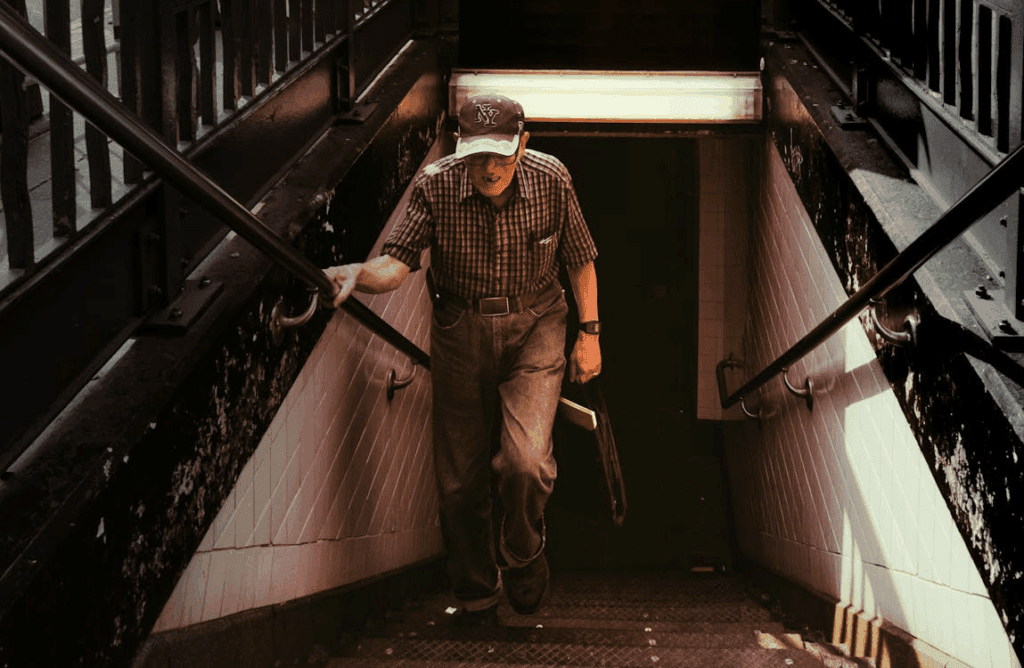Stair-Lift Access in Underserved Communities: Challenges and Policy Solutions

Mobility inside the home shapes almost everything about a person’s safety and quality of life, as shown in research on how mobility directly affects well-being. When someone can’t move between floors, the home starts to close in on them. Bedrooms are left unused. Bathrooms become harder to reach. Families begin weighing options they hoped to avoid.
A stair lift can keep people steady and independent, but access to something this basic isn’t evenly shared. Low-income households, rural residents, and many people with disabilities face an uphill path from the moment they try to get help. Costs stop many families outright. Then come the waitlists, limited installers, confusing rules, and systems that treat prevention like an optional upgrade.
The goal is to show where the system breaks down and how CMS-driven policies could create a fairer, more reliable path to safe mobility at home.
The Role of Stair Lifts in Enabling Aging-in-Place and Independent Living
Stair lifts do more than move someone from one floor to another. They protect people from the kind of falls that send families rushing into crisis mode. A single safe trip up the stairs can mean the difference between managing a chronic condition at home or ending up in a facility that no one planned for. Keeping familiar spaces usable lowers stress, supports routines, and helps people stay connected to the parts of daily life that make them feel grounded.
Caregivers see this up close. They’re often the first to notice when someone hesitates on the stairs or starts avoiding them altogether. Organizations like FriendsFamilyHomeCare.com show how home-care teams can spot changes long before they turn into emergencies, making them central to identifying when a stair lift could keep someone safely at home.
Stair lifts also support the people most likely to rely on Medicare, Medicaid waivers, or both. For these groups, the right modification can keep them stable, reduce hospital use, and delay costly long-term care, all outcomes CMS already values.
Disparities in Access: Who Is Being Left Behind?
Access to stair lifts depends heavily on income, insurance status, and geography, and the gaps show up quickly. For many families, the first barrier is the price. Most people can’t absorb several thousand dollars upfront, especially when Medicare coverage is limited and Medicaid rules vary wildly from state to state. Even when a program exists, long waitlists or strict medical-necessity criteria can push people to give up before they begin.
Geography adds another layer. Rural communities face installer shortages and long travel fees. Urban areas deal with the opposite problem — plenty of demand but not enough capacity to keep wait times reasonable. Regional differences in service availability, like the options for stairlifts in San Francisco, show how uneven access can be even in areas with dense housing and high need.
Structural inequities deepen these divides. Higher disability rates, older housing stock, rental restrictions, and language barriers all combine to make the path to a stair lift even harder for marginalized groups.
Systemic Barriers Undermining Home Modification Access
Even when someone clearly needs a stair lift, the system doesn’t always make it easy to get one. State Medicaid programs can have long HCBS waitlists, and approval rules shift depending on where a person lives. One state may treat a stair lift as essential for safety. Another may categorize it as optional, even when the outcome is the same.
Medical-necessity standards create another hurdle. Many programs only approve a stair lift after a fall or hospitalization, which turns a preventable problem into an avoidable crisis. Families end up stuck on the wrong side of rules that prioritize reaction over prevention.
Assessment processes can be inconsistent, too. Some people never get a home evaluation or don’t know how to request one. Others get conflicting recommendations based on who shows up that day. Add in installer shortages in low-income areas, and the entire process becomes slow, confusing, and uneven at the very moment stability matters most.

CMS-Aligned Policy Levers to Improve Equitable Access
CMS already has tools that could make stair-lift access more predictable and more equitable. One starting point is expanding flexibility within Medicaid HCBS programs. States could streamline waiver amendments, cover preventive modifications, and reduce the paperwork that slows families down before they ever reach an installer.
Medicare Advantage plans have room to help too. Supplemental benefits tied to mobility, fall prevention, or chronic condition management could treat stair lifts as part of keeping members stable at home. When plans view these devices as investments rather than extras, approvals become far more realistic for people who can’t pay out of pocket.
Stronger assessment frameworks would also help. Making occupational therapy evaluations a standard part of care coordination gives people a fairer shot at getting the right recommendation early. And without enough trained installers, none of these ideas go far, so CMS could support workforce development in underserved regions. Better data collection rounds out the picture by helping states and plans track where disparities show up and where policy changes are working.
Implementation Considerations for States and Health Plans
Turning policy ideas into real access takes coordination, not just rule changes. States often worry about budget impact, so building strategies around cost offsets — fewer falls, reduced hospitalizations, delayed long-term care placement — helps keep programs sustainable without cutting elsewhere. These savings already show up in other home-modification initiatives, which makes the case easier.
Partnerships matter just as much. Community-based organizations, Area Agencies on Aging, disability groups, and local housing authorities are often the first to hear when someone is struggling at home. Looping them into referral pathways gives families support from people they already trust. Clear guidance, easy forms, and multilingual materials remove friction that usually derails the process.
Digital access is another piece of the puzzle. Not everyone can upload documents or navigate online portals. Adding navigator programs and phone-based application options ensures people aren’t blocked by technology. When states and plans build around real-world barriers, the policies become far more than paperwork.
Moving Toward Fair and Reliable Home Mobility
Equitable access to stair lifts isn’t about convenience. It’s about safety, stability, and the chance to age or recover in the place that feels most like home. Right now, too many people face delays, unclear rules, or costs they can’t manage, and those barriers fall hardest on communities already carrying the weight of health inequities.
CMS has the reach and the policy tools to shift that trajectory. Smarter waiver design, stronger assessment pathways, and better support for installers can turn home mobility from a privilege into something people can count on. When the system makes preventive support easier, families stay safer, care costs fall, and independence lasts longer.
A fairer path is possible. It starts with recognizing that home accessibility is essential to health and making sure every community has a real chance to achieve it.
